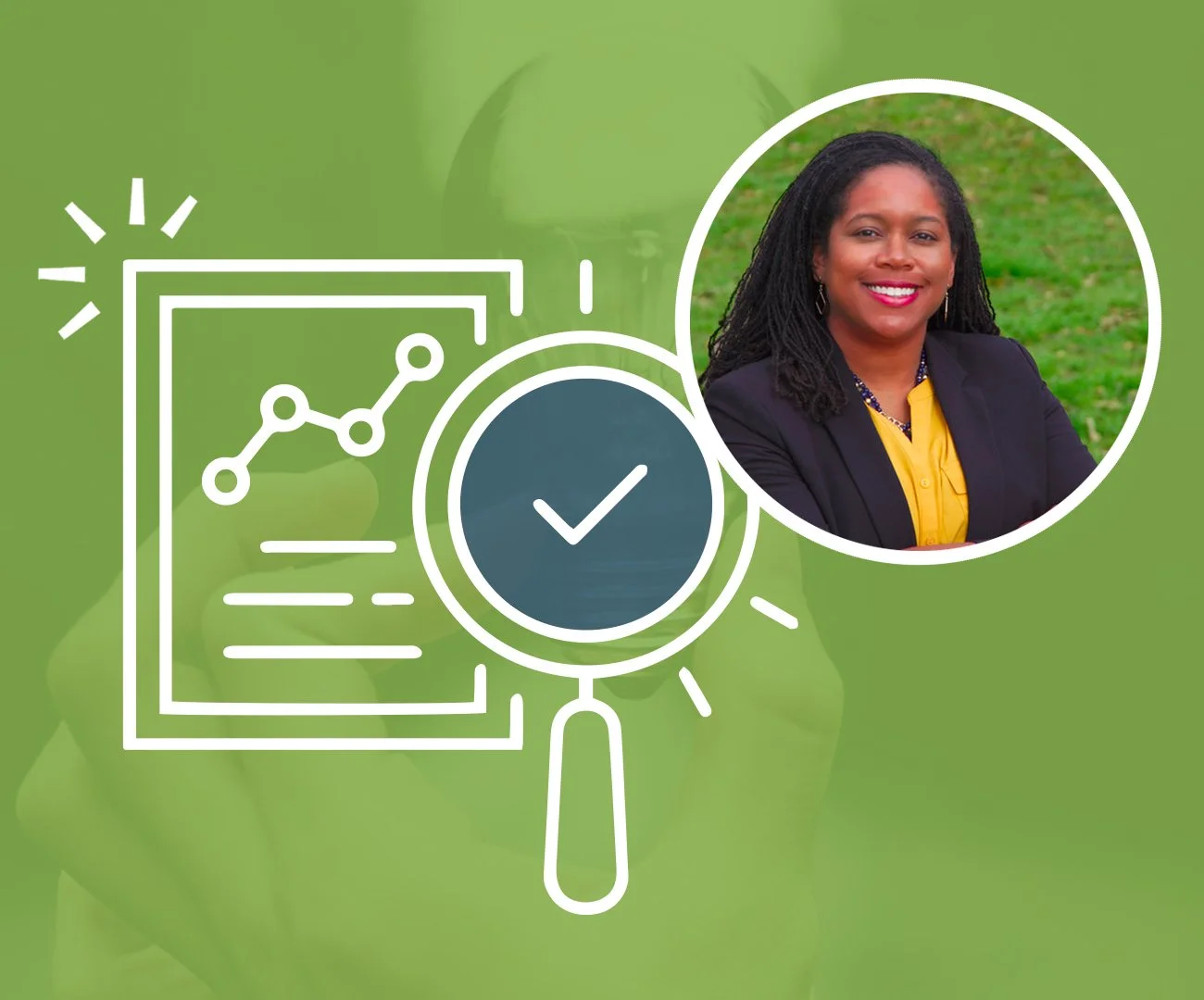Last fall, I was invited to sit on the giving side of a large philanthropic table. It was an experience that deepened my belief in the importance of meaningful communication between nonprofit organizations and funders to best identify and meet community needs.
The Perspective I Started With:
I have been responsible for preparing and submitting grant proposals for nonprofit organizations for nearly 20 years. I haven’t counted, but I’d bet the number of grant applications and requests I’ve written is in the hundreds.
I’ve also led program development and implementation, which necessarily includes making the case to stakeholders (community members, potential participants, bosses, funders, etc.) for why a given program is needed, how it will make a difference, and why they should get involved.
And of course, there are overlapping duties and opportunities – events, site visits, presentations, and reports. (As a fellow nonprofit management professional, you know what I’m talking about.) Altogether, I have had countless conversations and other communications with major funders. But only recently have I been one.
The Perspective I Gained:
A local foundation has taken an exciting step towards expanding philanthropic decision-making to everyday community members with knowledge and experience working on the issues the foundation aims to address. Last fall, the foundation convened a group of five community members, including myself, to help them decide on the distribution of more than $100,000 in unrestricted grants among an invited set of nonprofits.
The five of us brought different professional backgrounds to the table: nonprofit management, social work, and accounting to name a few. Individually – in our pre-reading of the nonprofits’ information packets – and collectively – during the nonprofits’ presentations and our committee deliberations, we took our assignment very seriously. Our goal: to allocate funds in a manner that honored the donors’ wishes and would have the most impact on addressing community needs based on the information we had.
Here are 3 takeaways from my grant making experience that I want to highlight for fellow grant seekers when communicating with funders.
1. If your organization is a good fit for a grant, show how it is the best fit. Our community has many, many nonprofit organizations with important missions, and several organizations may have similar missions. Marry that fact with this truism: Even a large foundation has a limit to its funding capacity. So, grant makers must make funding decisions – often between applications from several good organizations. Make your organization stand out.
2. Respect the funders’ interests, values, and goals. As grant seekers, we must take the time to get to know our current and potential funders. Done as standard practice by a nonprofit organization, this time investment provides significant returns – allowing nonprofit leaders and development staff to focus your fundraising energies on building relationships with funding partners with whom you are in true, strategic alignment in pursuit of shared goals. Dive deep and be able to communicate the commonalities or differences between your organization’s and the funder’s interests and values from a basic level (for example, geographic and issue focus) to the systemic (for example, DEI policies and practices).
3. Clearly and realistically state the community needs your organization addresses and what your organization needs to succeed. Share evidence of efficient and effective use of resources, maximizing impact. For example, if your organization receives $X funds, how many more clients will you be able to reach and how will their lives be improved? At the same time, be honest about challenges your organization faces and outcomes that didn’t turn out like you wanted. Show that your organization can learn from setbacks and is doing the continuous work to serve the community better.
We can all think like a grant maker. Next time you prepare a grant proposal, presentation, or other funder communication, try reviewing your draft from the prospective funder’s perspective. In doing so, you may find a way to make your communication more meaningful to them and conducive to the development of your partnership.


